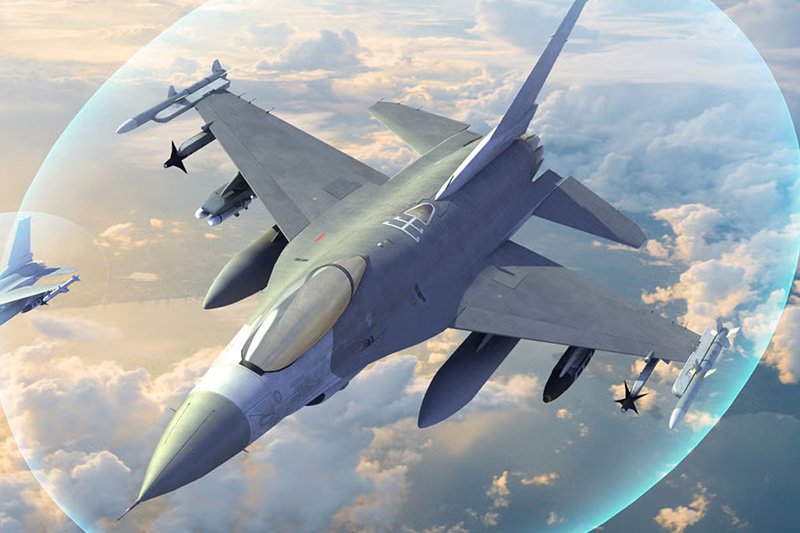Iran Receives First Two Su-35E Fighters in Pieces
In a groundbreaking development for Iranian military aviation, the delivery of the first two Sukhoi Su-35SE fighter jets represents a pivotal moment in Iran’s aerospace strategy. The Islamic Republic of Iran Air Force (IRIAF) has taken a significant step towards modernizing its military capabilities by acquiring these advanced multirole fighters, marking a critical milestone in the nation’s defense infrastructure and regional military positioning.
The Genesis of Advanced Military Procurement
The acquisition of Su-35SE fighters is more than a simple equipment upgrade. These sophisticated aircraft were carefully transported in pieces via a Russian Antonov An-124-100 military cargo plane, landing at Mehrabad Airport in Tehran before being prepared for reassembly at the 3rd Tactical Air Base near Hamadan. This methodical approach underscores Iran’s strategic and calculated approach to military modernization.
Technological Marvel of Russian Engineering
The Sukhoi Su-35 represents the pinnacle of Russian combat aircraft design, classified as a “4++ generation” fighter that bridges technological generations. Developed as an advanced derivative of the Su-27 Flanker, the aircraft boasts remarkable capabilities that set it apart from conventional military aircraft. Its advanced avionics, super-maneuverability, and comprehensive weapons system demonstrate extraordinary aerospace engineering.
Comprehensive Combat Capabilities
The Su-35SE offers an impressive array of operational capabilities that extend far beyond traditional fighter roles. With the N035 Irbis-E radar capable of tracking up to 30 aerial targets simultaneously at ranges exceeding 400 kilometers, the aircraft provides unprecedented situational awareness. Its thrust-vectoring engines enable complex aerial maneuvers, while the ability to carry 8 tons of weaponry across 12 hardpoints ensures versatility in multiple combat scenarios.
Strategic Implications for Regional Defense
Iran’s investment in these advanced fighters signals a sophisticated approach to national defense. The potential expansion of the initial order to 50 units indicates a comprehensive, long-term strategy for military modernization. By acquiring such technologically advanced platforms, Iran demonstrates its commitment to maintaining a credible defensive posture and projecting strategic capabilities in a complex geopolitical landscape.
Technological Integration
The Su-35SE’s integration into Iran’s air force represents more than a hardware acquisition. It symbolizes the country’s ambition to leverage cutting-edge aerospace technology to enhance its military readiness. The aircraft’s advanced Khibiny electronic countermeasure system, combined with its multi-role capabilities, positions Iran at the forefront of regional military technological advancement.
Also read this: Netherlands Commits $1 Billion to Kongsberg Air Defense Systems
Operational Flexibility
Designed for air superiority, ground attack, and reconnaissance missions, the Su-35SE offers unparalleled operational flexibility. Its combination of speed, range, and sophisticated weapons systems allows for domination of contested airspace and precise strike capabilities. However, the aircraft’s full potential will ultimately depend on the proficiency of its operators and the quality of logistical support.
The arrival of the Su-35E fighters marks a significant milestone in Iran’s military modernization efforts. It demonstrates a strategic approach to national defense that prioritizes technological expertise, operational capabilities, and long-term military infrastructure development. As these advanced fighters become operational, they will undoubtedly reshape the strategic calculus of regional military capabilities.
Keep connected with us at Facebook, Twitter, YouTube, Instagram & TikTok for latest defense happening around the globe.
Discover more from International Defence Analysis
Subscribe to get the latest posts sent to your email.












